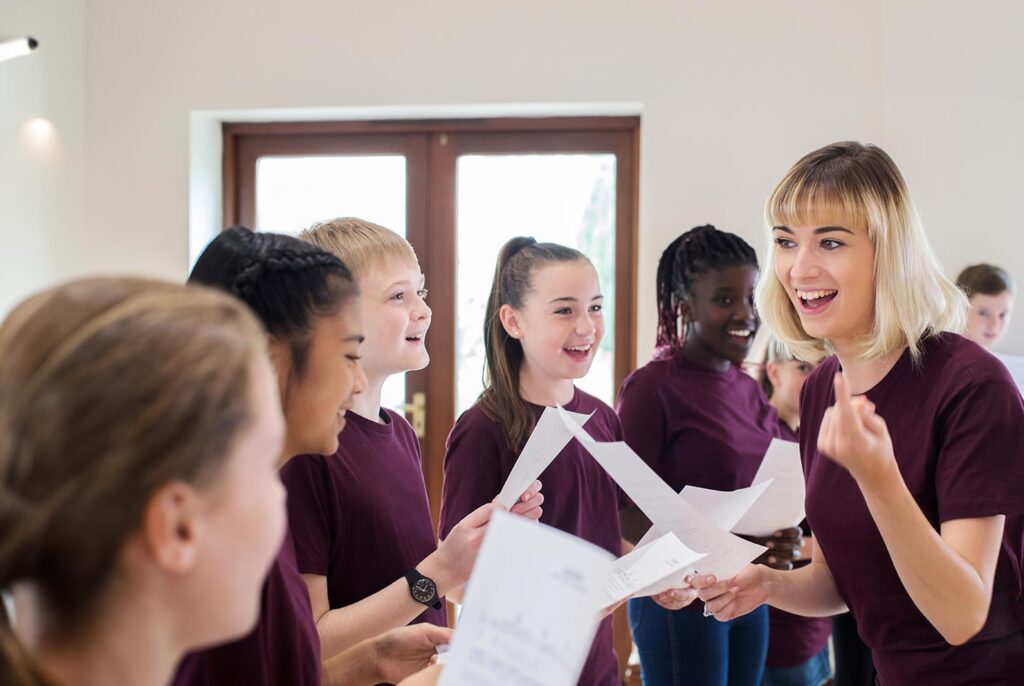Timetabling training sessions doesn’t have to be a logistical nightmare
As many club owners know, timetabling training sessions can be a logistical nightmare. It sometimes feels like an impossible puzzle to solve.
In fact, this a topic that has recently come up in our LoveGymnastics Facebook group. Many club owners and leaders in our community struggle with the challenges of timetabling, and are looking for some quick fixes to make their life that little bit easier.
So in this article, we share five simple tips, tricks and things to consider when planning your timetable.
1. Ensure you have clear lines of communication with external stakeholders
If you own your facilities and use the space exclusively for your club, then it’s relatively straightforward to plan which sessions are going to happen where.
However, if you rent externally owned facilities, or hire out your own spaces, there are a couple more steps in the timetabling process to consider.
One of the most important things to do in this instance is ensure clear communication with the other parties. This way, you can be sure there are no restrictions that affect your set up time or interrupt sessions. For example, some clubs use school facilities for training sessions. So, during exam times, you need to communicate with the school to find out if there could be any disruption – such as exam tables filling the hall space.
Another example is if you use leisure centre facilities. Are there bookings either side of your sessions ran by someone else that require set up time – potentially interrupting your class?
These are all things you need to think about before starting your timetabling as they could affect what is feasible.
2. Think about your overall club structure
When planning your timetable, have your club structure and athlete progression paths front of mind. By doing so, you’re able to ensure it is as effective as possible with your available time slots – for all age groups; from toddlers all the way up to adult athletes.
Alex Row, LoveGymnastics Community Ambassador, has previously discussed optimising class structure in this way by using the three C’s.
3. Be clear on your club priorities
It’s important to be clear on your priorities and what you want to achieve by setting out this new timetable. Every club’s objective is individual. It could be to focus on session participation, or perhaps improving athlete performance in a particular area – speed, for example.
Whatever your aim, knowing exactly what your priority is allows you to focus your programming on achieving that goal. And if you have more than one aim, then you need to rank them in priority order.
Example – increasing session participation
If your priority is to increase session participation, then consider running more classes at the weekend when people are generally more free. Also think about opening up classes on any days you are currently closed.
Trust your team members – coaching staff and volunteers – to run extra sessions on days or at times you may have previously written off as you aren’t available.
4. Involve the wider team in timetabling
Collaboration with your whole staffing team, certainly during the early stages, will ensure your timetabling is successful. They don’t need to be included in the final iterations of your programme, but before you begin to build any plans, you need to know about your coaches’ individual priorities.
They’re the people that work closest to the athletes, so can best advise on key objectives the timetable needs to achieve.
Once you’ve gathered their initial ideas and put together the first draft, ask for their feedback. This might open up additional opportunities you hadn’t yet considered. Additionally, they may spot gaps or clashes that you hadn’t noticed – as it can be easy to become blinkered when creating a large piece of work like this.
5. Make the most of any gaps and free spaces
When you have a timetable that you and your team are happy with, the final stage is to analyse it and spot any opportunities for improved efficiency. That includes reviewing both free facility space, and empty time slots.
For example, is there a half an hour window whereby you have a small facility space free? If you have the coaching staff available, you could invite a couple of promising athletes to stay behind after training for additional one-to-one or small group sessions. Or you could even use that time and space to run taster sessions for a couple of potential new members.
Not only that, but if you own your facilities, you could offer your free time or space to the wider community – perhaps to other small clubs (that are not direct competition for your club, of course). This is a great way to improve timetable efficiency and club income via charging rent, and help out your local community at the same time.
–
So, there you have five things you can do to improve your timetable – both ensuring it is created effectively, and that you’re optimising it as best as possible. Remember, in order to put together your timetable, you must ensure your club’s and coaches’ priorities are clear. Then, you can involve the wider team in the brainstorming process and ask them for feedback on the programme drafts.
Finally, optimise every last second of your plan so that you’re not only ensuring it suits all of your staff and athletes, but that it’s bringing as much to the club and local community as possible.
This article was based on a live video hosted by Alex Row, LoveGymnastics Community Ambassador. If you’re involved with a grassroots club and want to be part of the discussion, join our dedicated Facebook Communities:















